Dussehra or Vijayadashami, the Triumph of Good Over Evil
Dussehra or Vijayadashami has been derived from the Sanskrit words "dasha" (ten) and "hara" (defeat).The day signifies the crucial victory of good over evil. The festival commemorates the victory of Lord Rama over the demon king Ravana, as described in the Hindu epic Ramayana. It is also believed to mark the end of the nine-day festival of Navratri, which is dedicated to the worship of the goddess Durga.
During Dussehra, effigies of Ravana, his brother Kumbhakarna, and son Meghnad are burnt to symbolize the victory of good over evil. The festival is celebrated with great fervor and enthusiasm, with people dressing up in new clothes, exchanging sweets and gifts, and participating in cultural programs and events.
Read More on Dussehra or Vijayadashami - The triumph of good over evil
In many parts of India, Dussehra is also celebrated as a time to honor and worship the goddess Durga, who is believed to have defeated the demon Mahishasura. The festival is a time for family gatherings, feasting, and community celebrations, and is an important part of the cultural heritage of India.
The Significance of the Day
The significance of Dussehra or Vijayadashami lies in its spiritual and cultural importance. Here are some of the key reasons why this particular festival is celebrated:
Victory of good over evil: Dussehra marks the victory of good over evil, as symbolized by the triumph of Lord Rama over the demon king Ravana. It is a reminder that righteousness will ultimately prevail over evil, and that justice will be served in the end.
Read More on Know How to Make Dussehra 2023 Lucky As Per Your Zodiac Sign
Celebration of courage and valor: The festival is a celebration of the courage, valor, and righteousness of Lord Rama, who is revered as an embodiment of virtue and morality. It is also a time to honor the sacrifices of other heroes and heroines from Hindu mythology, who fought against evil forces and upheld the principles of dharma or righteousness.
Worship of the goddess Durga: In many parts of India, it is also celebrated as a time to honor and worship the goddess Durga, who is believed to have defeated the demon Mahishasura. The festival is a time to seek her blessings for strength, courage, and protection, and to pray for the well-being of one's family and community.
Read More on 5 Wisdom Quotes That Define Dussehra
Social significance: Dussehra is also a festival that promotes social unity and harmony. People from all walks of life come forward to celebrate the festival oblivious of their religion, caste, or creed. This creates a sense of community and togetherness, and helps to promote social integration.
What's the Astrological Connection Behind?
In Hindu astrology, the day has an important astrological connection. According to Vedic astrology, the festival is celebrated on the 10th day of the Hindu lunar month of Ashwin, which falls in the autumn season. During this time, the Sun is said to be in the zodiac sign of Libra, while the Moon is in the zodiac sign of Aries.
Read More on Ganga Dussehra 2023: When Is Ganga Dussehra 2023?
This astrological combination is believed to be highly auspicious, as it represents the balance of energy and harmony between the Sun and Moon. The Sun is associated with masculine energy and represents the soul, while the Moon is associated with feminine energy and represents the mind. The combination of these two energies is said to create a sense of equilibrium and harmony, and is considered to be a time of spiritual awakening and renewal on the very occasion of Dusshera or Vijayadashami.
-----------
Dussehra paints the picture of the triumph of Lord Ram over the demon Ravana and goddess Durga over the demon Mahishasur. The festival also renowned as 'Vijay Dashmi' is celebrated in the 'Aashwin Shukla paksha' month according to the Indian almanac and somewhere in the month of October. Although, It is celebrated on the tenth day of Navratri. The celebration for Dussehra is rife among the Kshatriyas in Hindu culture. According to the mythological facts, the moment when the stars shine in the sky at dusk on this day is considered as 'Vijay' which means triumph. Therefore, The victory of Lord Rama (the seventh avatar of Vishnu) over Ravana is the perfect epitome of this saying. Dussehra or Vijaydashmi is the tenth day of celebration along with a Puja offered to the deities. It is celebrated across the length and breadth of India. After navratri, the tenth and final day is Vijaydashmi, also called as Dussehra. The epic Ramayana tells the story of Lord Rama who wins the lovely Sita and married her, later she was abducted by Ravana, the demon king of Lanka. Lord Rama killed Ravana in a mighty fight and returned with Sita to his kingdom. Rama, his brother Lakshmana, their follower Hanuman and an army fought a great battle to rescue Sita. Although, The entire narrative is recorded in the epic Ramayana, an eminent Hindu scripture. Some people perform Aditya Homa as a Shanti yagna and recite Sundar kand of Ramayana for 5 days. There are many who can seek peace by performing Rama Puja as the major pooja. Vijaydashmi is performed to get rid of ten bad traits:
- Lust (craving)
- Anger
- Attraction
- Greed
- Over pride
- Envy (jealousy)
- Egotism (selfishness)
- Inequity (injustice)
- Brutality (cruelty)
- Self-conceit (undue pride in oneself)
Mythological Stories linked to Dussehra
Dussehra marks Goddess Durgas victory in battle over the mighty asura demon Mahishasura who was part animal. Mahishasur, in the form of a buffalo, grew very powerful and created havoc on the earth. Under his leadership, the Asuras defeated the Devas. The world was crushed under Mahishasuras tyranny; the Devas joined their energies into Shakti, a single mass of radiant energy, to kill Mahishasur. Further, A very powerful band of lightning emerged from the mouths of Brahma, Vishnu, and Shiva and a young, beautiful female virgin with ten hands appeared. All the Gods gave their special weapons to her. This Shakti coalesced to form the goddess Durga. Riding on a lion, who assisted her, Durga fought Mahishasur. Further, The battle raged for nine days and nights. Finally, on the tenth day of Ashvin shukla paksha, Mahishasur was defeated and killed by Durga. Another story associated with the origins of this day is the raining of gold coins. After Kautsa asked King Raghu for 140 million coins to give an offering to his Guru in return for his knowledge, Raghuraja went to Indra for help who then asked Lord Kuber to rain coins on the city of Ayodhya. After giving 140 million coins to his Guru, Kautsa distributed the rest to the people of Ayodhya. But the most popular way of celebrating this festival has always been by dancing for nine nights or doing all kinds of Puja. Different communities and clubs organize garbba-dandiya raas events and invite the crowd to enjoy themselves with the huge bands playing regional traditional songs. Although, Small families celebrate it in their home by dancing around the garbi or offering Puja to deities.

















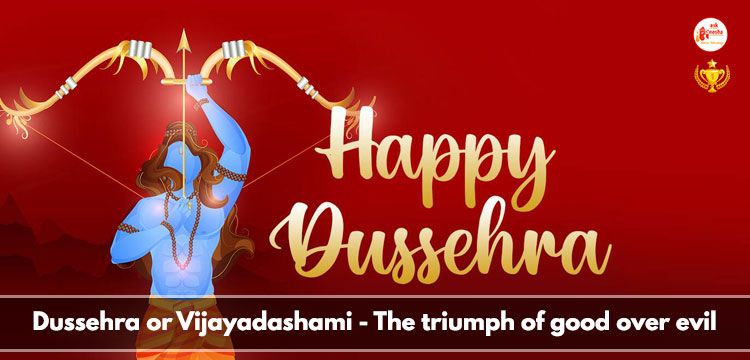
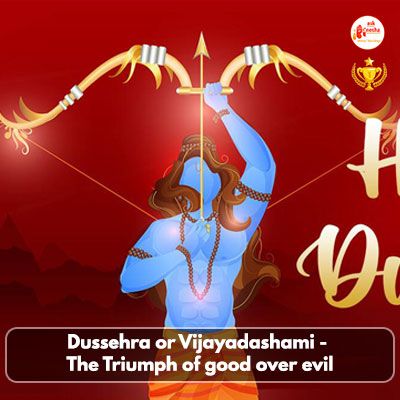
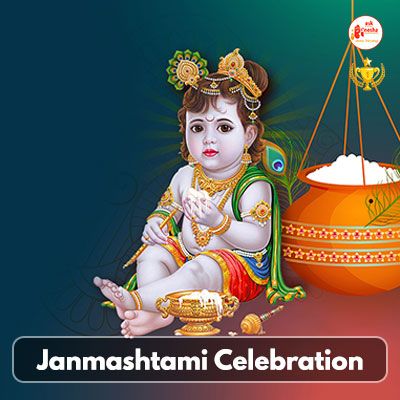

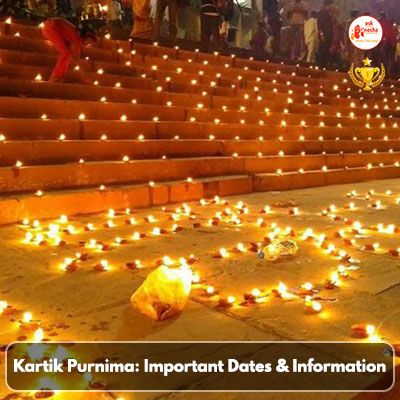
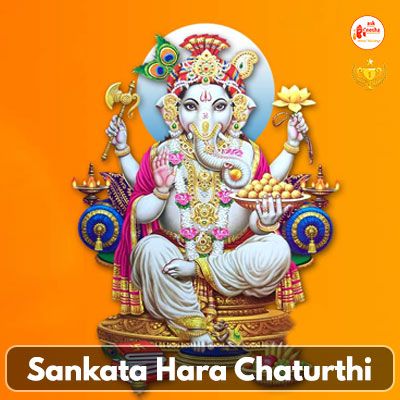

 Translate
Translate